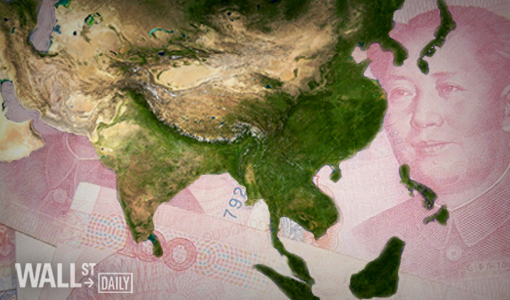

After all of the carnage in Chinese stocks this summer, some of you are probably patting yourselves on the back for avoiding China – and the rest of the Asia-Pacific region, for that matter.
But if you followed my strategy for these markets, you’d be pleased as punch and out of China after a 100% gain in the last year.
You see, in early 2014, Chinese stocks were dirt cheap, ignored and even hated with a passion by most investors. But as soon as an uptrend began to form, I recommended that investors begin buying.
In just over a year, this momentum-driven market was up over 125%.
I don’t know if this was a bubble. But my rule of thumb is to sell half of any position up 100% in a year and then place a 15% trailing stop-loss to protect the balance of my hard-earned gains.
This value-driven, disciplined strategy is the best way to play all emerging and frontier markets.
Another key is flexibility. Don’t be like many investors, who, when they hear “Asia,” can only think “China.” There are so many other opportunities in this dynamic, fast-growing region.
One example is Southeast Asia – 10 countries comprising more than 600 million youthful consumers hungry to catch up with the West. Many of these countries have substantially lower manufacturing wages and, in the last year, Southeast Asia has attracted more investment capital than China.
So where should you invest right now?
I would take a good look at Hong Kong. This territory is trading at a sharp discount to Chinese stocks and is going after many of the same markets.
Focus on Value and Quality
Why not begin with the bluest of blue chips? Jardine Matheson (JMHLY) is what I call the Berkshire Hathaway (BRK-A) of Asia. Founded in 1832, the company is incorporated in Bermuda but headquartered in Hong Kong. About 40% of its profits are from greater China, with 47% from Southeast Asia.
Jardine is basically a conglomerate with deep tentacles in a variety of stable and growing consumer businesses. It has a pristine balance sheet and well-connected executives. And it also happens to be trading at a roughly 30% discount to net asset value. Its stock also offers a 2.6% dividend yield.
















